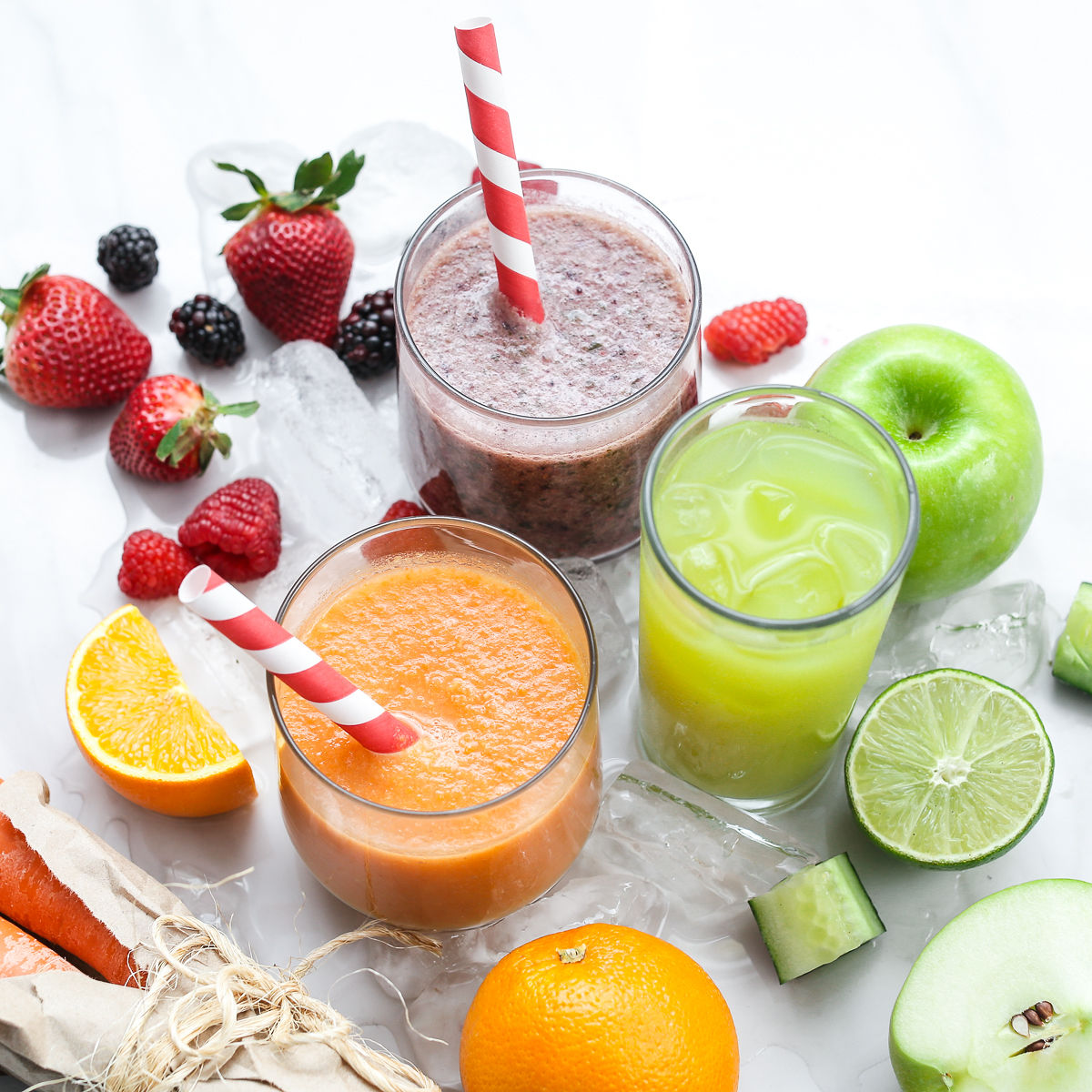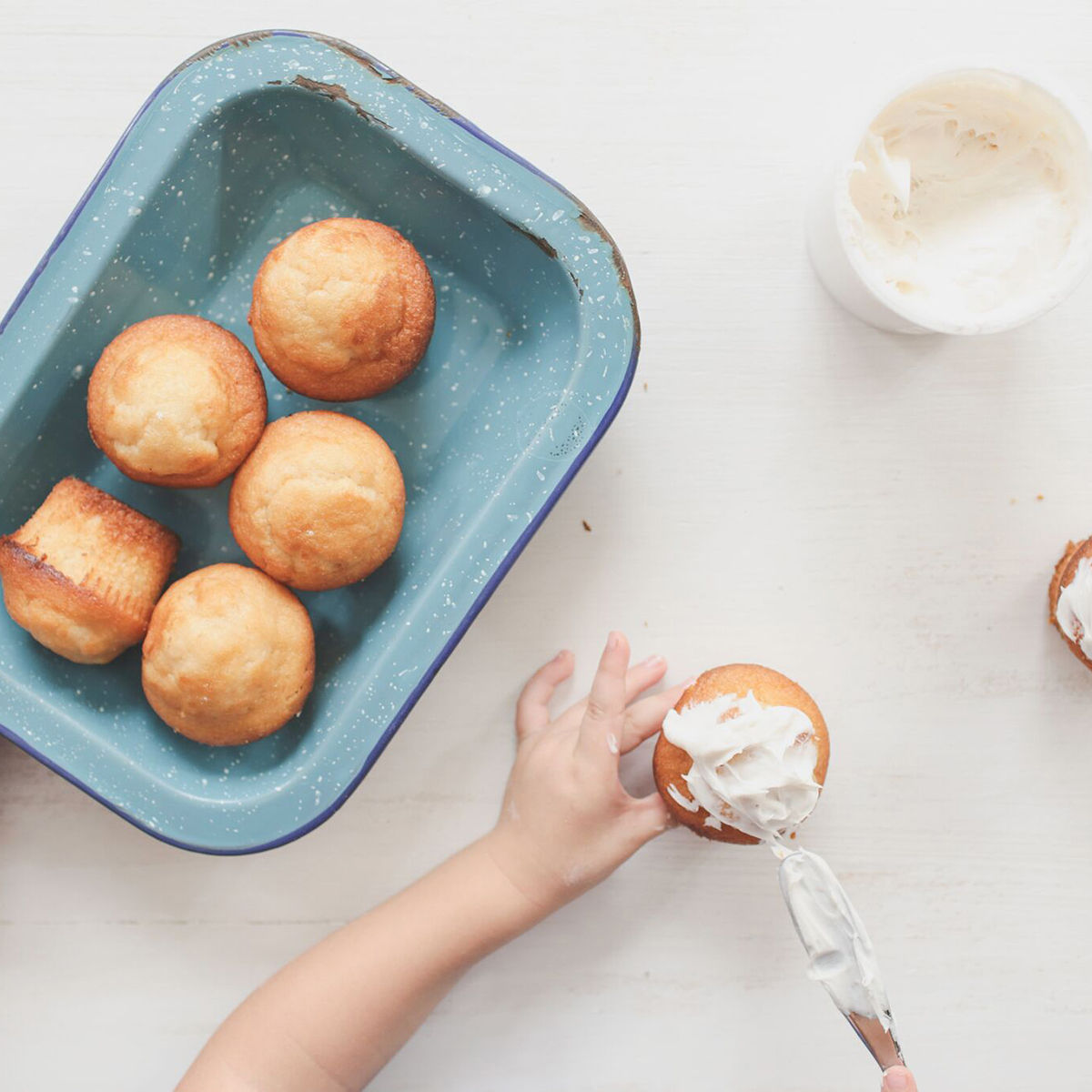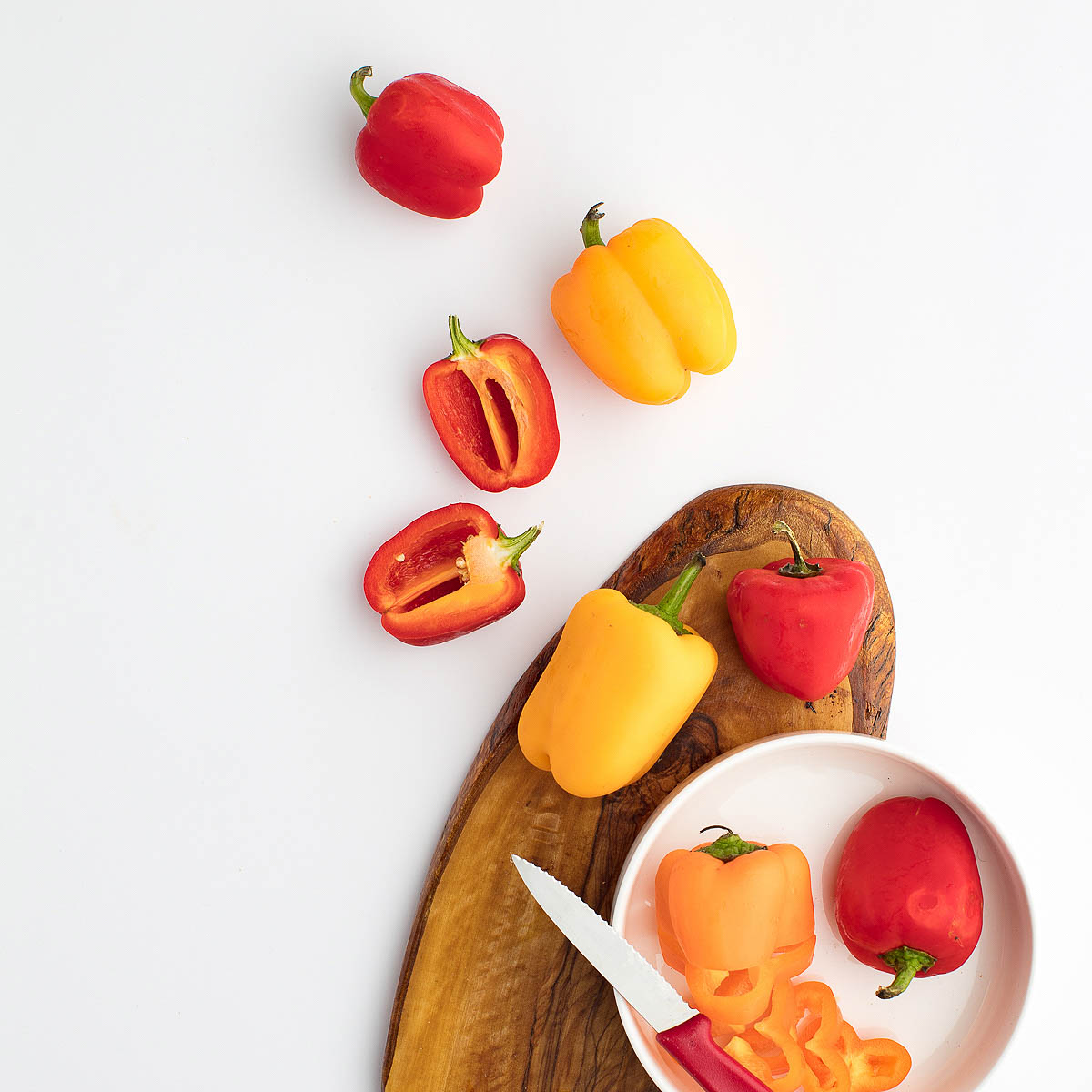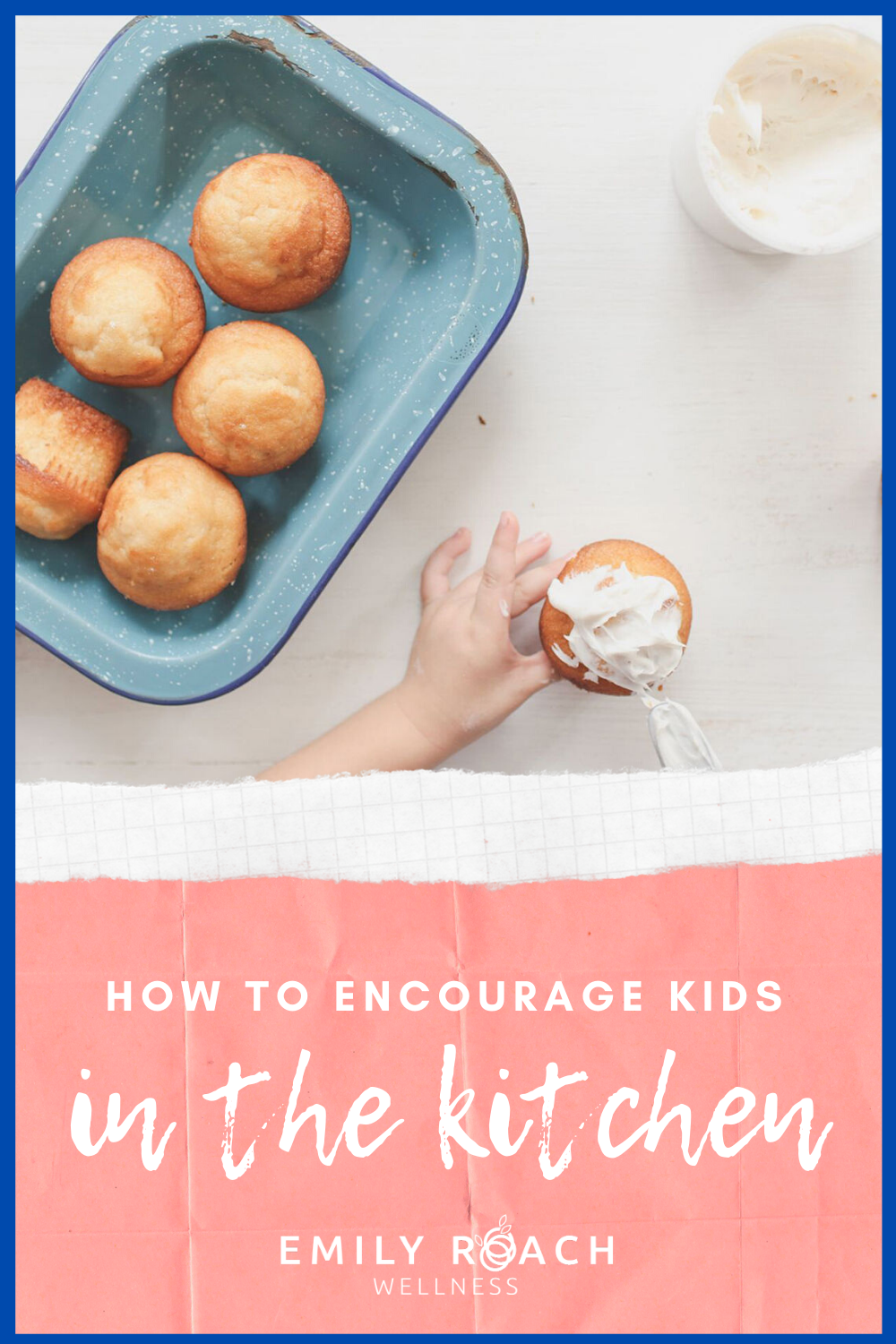NUTRITION
How to Encourage Kids in the Kitchen
I always love questions about how to encourage kids in the kitchen. It’s been a big part of my cooking journey to include my kids, and empower them to find joy in cooking. I know this doesn’t come naturally to everyone, so here are some tips on how I regularly encourage my own kids in the kitchen to become helping hands.
This story is not about kids in the kitchen of one specific age group. I currently have an 11, 9, and 7-year-old kids helping me out each day. They certainly started as babies hanging out in the kitchen, and then learned to use a stool next to me.
Many times it was messy, and the best was how much they loved playing in a sink full of soapy water when they were little. Part of the process is just the invitation to bring kids into the kitchen and make them feel at home. This is their place too to learn, grow, and nourish their body.
Engage Their Senses
The kitchen is a great place to start to teach kids how things are supposed to taste. This can be a story about how fresh, local strawberries in June taste different than store-bought strawberries in January.
Color plays a key role in cooking, and it’s one of the best ways to bring children into the story of cooking. Part of our digestive process is actually “eating with our eyes.” As we see what’s ahead, we start making stomach acid to digest our meal. Kids don’t need to know this fun fact, but I want you to understand why presentation and color actually matter.
You might like my Green Smoothies Kids Love recipe guide to get you started in the kitchen together.

Smell and taste are another key part of engaging their senses in the kitchen. You can make a game out of taste testing certain foods, or smelling fruits and vegetables with eyes closed to see if they can figure it out.
Work with them to understand the 5 key elements of taste:
- Sweet
- Sour
- Salty
- Bitter
- Pungent
Taste is something that will help give your child more sense of control at the dinner table too. Kids don’t like everything we serve, but oftentimes they can’t verbalize why. They say “yucky” when they actually might mean “bitter” or “salty.”
 Ask for Help in the Kitchen
Ask for Help in the Kitchen
It may be messy, and it may not be perfect, but we have to let kids help in the kitchen if we want to foster their independence.
There are so many small things we do in the kitchen, from gathering ingredients to finding the right bowl. Teach them early how to stay organized when making a meal, or using a recipe. This is a life skill that will pay them back as an adult, or when they can make dinner during their teen years.
Teach them the cooking term “mis en place” which is a French term for “everything in its place.” This will making cooking for you, and them, so much easier. Get everything laid out and organized before you dive into a recipe.
Setting the table, or “dressing” the table as they say in France, is another key element of preparing for a meal together. This is one of the earliest tasks you can teach your kids to help out on a regular basis. We have three kids so each night we assign each of them either the plates, cloth napkins, or silverware.
Let Them Chop in Your Kitchen
Teaching your kids how to chop vegetables is a big learning lesson. Both for you, and your kids. Chopping is a life skill that will help build independence in your children. It takes patience, practice, and a very sharp knife.
Sharp knives are safer as they will cut cleanly, even if it’s a cherry tomato for taco night. Have them start with chopping salad greens or the ends of green beans. No, it will not be perfect. But that’s not the goal here. You want to praise their efforts, not criticize them as they are getting started.

Always provide a demonstration or a sample cut, so your child can compare their work to your standard without needing to continually interrupt you.
Chopping for kids is fun. The earlier they learn the basics, the more they can help in the kitchen.
My favorite knives are from Opinel, a French company. Here’s two options.
- For smaller hands who can handle a sharp knife safely, this petite knife is a great option as it has a finger protection.
- For the younger kids, you can start them with plastic knives with serrated edges. This set is great for learning to cut lettuce, salad, bread, and cheese.
Teach Kids How to Meal Plan
There are many parents who struggle with meal planning and were never taught this life skill. If you are one of the lucky ones who makes this a regular part of your week, it’s time to let your kids have a turn!
Kids love the idea of creating their own dinner nights. However, I like to give them some structure so it’s not always pizza and hot dogs.
There has to be a vegetable included, and you can’t repeat a dinner more than 1x a month on their given night. That seems to allow enough variety so it keeps things fun in the kitchen.
Click here if you need some a hand getting started with meal planning. There are lots of tips and tricks, plus a free dinner cheat sheet guide and printable worksheets to help you stay organized.
Surprise and Delight Kids in the Kitchen
Keep things fun and fresh in the kitchen, and at the dining table. Eating and cooking should not be a source of stress for anyone at home. I didn’t say it will always be easy, but you can keep things simple but also delightful.
Play music or a fun podcast while cooking together in the kitchen. Ask questions to get a conversation started. For older kids, talking while chopping is a great way to have a conversation without needing eye contact. (like a car ride.)
Choose a recipe from another place in the world. Talk about how eating varies from culture to culture. My kids are still surprised people eat rice for breakfast on the other side of the world!

Use fun colorings, just save the food dye for very special occasions. We want to teach kids how to cook with real food, not chemically create adultered foods. Helping kids understand where our food comes from on the food chain, and not in a factory, is the BEST way to have them develop a healthy relationship with real food.
Blue foods are fun…but we use blue majik to create those blue smoothies or cream cheese toast toppings. Grab a bottle here and it will last for ages in the fridge.
Join us over in the private Facebook group to continue the conversation about how to encourage kids in the kitchen. This is such an important job we have as parents, and it’s never done. But we can make it fun, safe, and simple. Now let’s get cooking!





